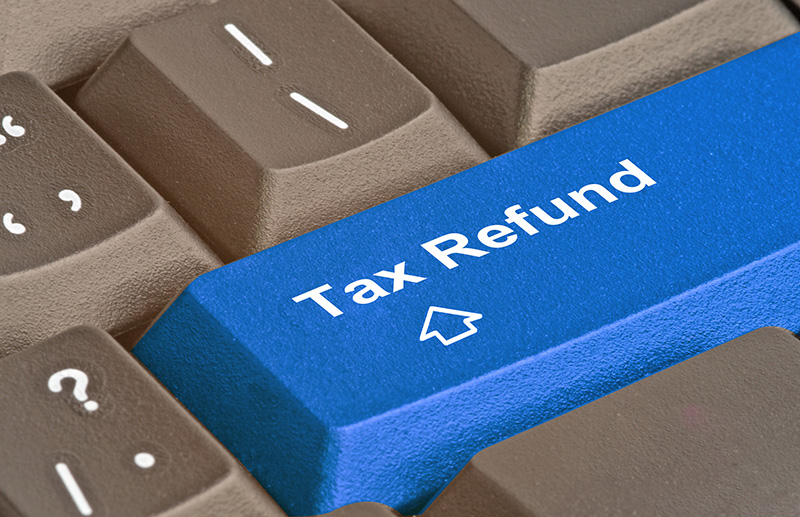What is a tax refund offset?
May, 02 2023 by Steve Banner, EA, MBA
In general terms, a tax refund offset takes place when the Federal Government’s Treasury Offset Program (TOP) withholds part or all of a taxpayer’s expected Federal tax refund to pay past-due debt that the taxpayer owes to a Federal or State agency. (The term used for this withholding is "offset" or "administrative offset.")
The sum that was offset from the expected refund is then forwarded to the appropriate agency. In fact, the law allows for up to 100% of a taxpayer’s Federal tax refund to be withheld for the purpose of paying delinquent federal nontax debts, such as student loans. Funds can also be withheld for child support, state income tax, and unemployment insurance debts.
This means that the reason that your tax refund was less than you expected may be that you owe an overdue debt to a federal or state agency. And if that is the case, then you should have received a letter or some other notification from the agency to tell you that this would happen.
The TOP has a database that contains details of taxpayers who owe an overdue debt to a government agency. The agency can send your name to the TOP to add to its database but, first, the agency must determine that your debt is valid and legally enforceable. You may not even be aware of the debt, and for this reason, the law requires that the agency send you a letter 60 days before they send details of your debt to the TOP. This letter must give you the opportunity to dispute or resolve your debt. The agency is also required to respond to any questions you may have about the debt.
More specifically, the letter must tell you:
- What the debt is for
- The amount of the debt
- That the agency is intending to collect the debt by taking money from a federal payment
- About your rights in relation to the debt, including your rights to see, copy, and review information about the debt, and the ways you can arrange to repay the amount you owe.
If you do not resolve your debt after receiving the letter, then the TOP will add your name and the details of your debt to its database. Before sending out federal payments, such as a tax refund to a taxpayer, the Department of the Treasury searches the TOP database to check whether that taxpayer has an overdue debt for collection. If the search finds that the taxpayer has a debt in the database, the Department of the Treasury withholds funds that would otherwise have been paid with the taxpayer’s refund and, instead, forwards those funds to the appropriate agency for payment against the taxpayer’s debt.
When the TOP takes money in this way from the taxpayer’s tax refund to pay an overdue debt, it will send a letter to the taxpayer as notification of the offset.
Using the methods we have outlined above, the Treasury Offset Program collects significant amounts from taxpayers every year. For example, in fiscal year 2022, the TOP recovered more than $5.2 billion in federal and state delinquent debts. This amount included more than $2.3 billion in child support obligations, and $884.0 million in state income tax debt.
Given the broad reach of the TOP program, there is no time to waste if you have received a letter from a State or Federal agency notifying you of a debt that is about to be referred to the TOP. Immediate action is needed, and a good first step is to seek professional advice. talk. For no cost, and with no obligation, you can contact TaxAudit to speak with an experienced tax professional who can discuss your case with you and inform you of your options. After all, you’ve worked hard for that tax refund and it would be a pity to lose some (or all) of it before you even receive it!





